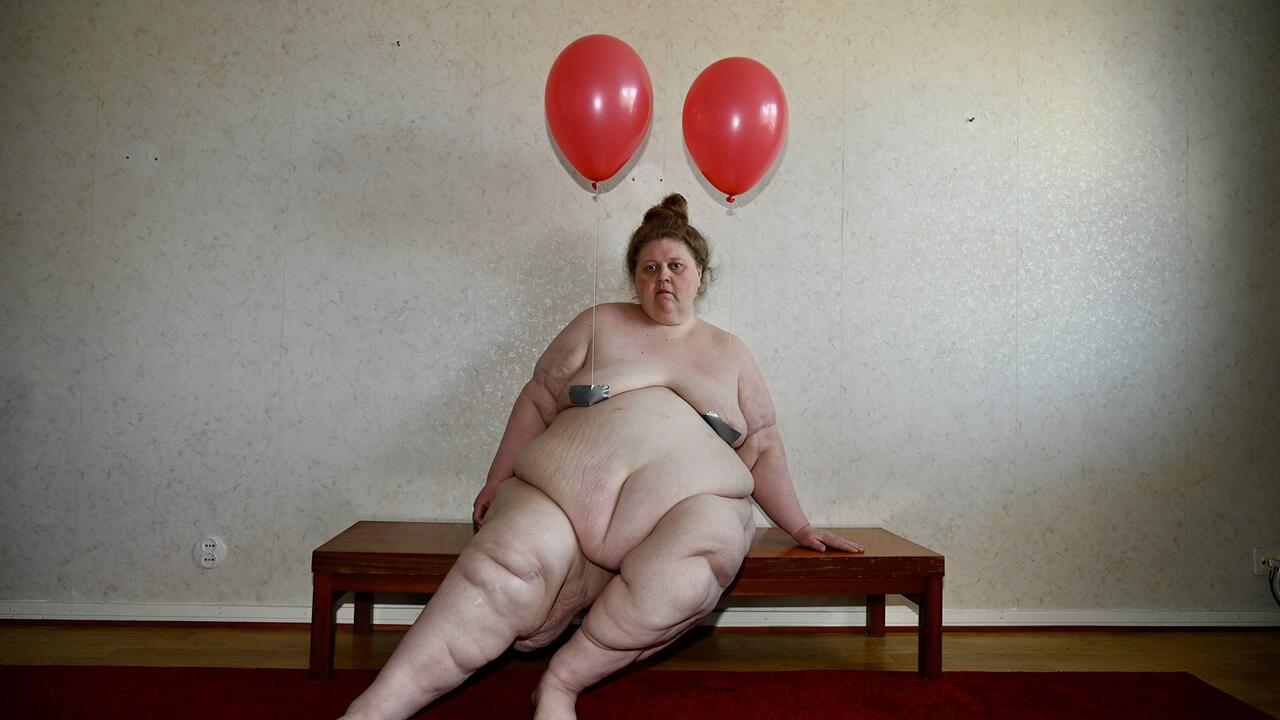Tadeusz Kantor
A stooping man in a hat and scarf, face frozen in a grotesque grimace, ambling around the stage nonchalantly answering journalists’ questions – such was the image of Tadeusz Kantor disseminated in broadcasts on Polish television of his plays and numerous interviews in the 1980s. The theatre earned him immense popularity and respect in Poland and seemed to embody a conservative society’s romantic ideal of a visionary, prodigious artist. Kantor was not readily welcomed into the world of visual arts, however, because no one knew whether he was to be seen as an important theatrical figure or as a visual artist. The Modernist critics of the period reinforced the widespread belief that Kantor did not create innovative works in the field of visual arts, that he simply imported new currents from the West. Thus his paintings and actions were either undervalued or the context of their borrowings effaced.
This exhibition, entitled ‘Interior of the Imagination’, was not the first attempt in recent years to reassemble the artist’s rich oeuvre, but it was the first to succeed in presenting his body of work in a comprehensible way. According to the curators, Marek Swica and Jaroslaw Suchan, the show aimed to focus on Kantor’s underlying ideas rather than the works themselves. It was structured around three concepts – avant-garde, reality and memory – which simultaneously provided a chronological framework for the show. His Surrealist-influenced drawings and Informel paintings fell under the label of ‘avant-garde’; emballages, happenings and Conceptual performances from the 1960s and '70s appeared in the section devoted to ‘reality’, while theatre objects, recordings of plays and a series of drawings were presented in the ‘memory’ section.
The exhibition was not overloaded with elements of theatrical stage design. Instead, theatricality was more subtly in evidence in the hall devoted to Informel painting, where the pictures were hung on black walls and discreetly illuminated with spotlights. The paintings were accompanied by the 1957 film Somnambulists, by Mieczyslaw Waskowski and Adam Nurzynski, which was inspired by the artist’s paintings. The film records the process of spilling paint and mixing colours on a smooth surface. This ‘moving image’ encourages us to read paintings as Kantor did, by perceiving them as living organisms. This bold comparison, however, merely turned Kantor’s paintings into impressive representations of abstraction. In spite of all the effort, his ideas gave way to being ‘works’ in the traditional sense.
The exhibition also attempted to recreate Kantor’s ‘Wystawa Popularna’ (Popular Exhibition) of 1963, in which the artist amassed a variety of sketches, notes and letters, some of them hung on clothes lines in the Krzysztofory Gallery in Krakow. Marginal items and discarded scraps were jumbled up with everyday objects such as chairs and newspapers. The original exhibition, also referred to as an ‘anti-exhibition’, was meant to contradict conventional notions of display, but here the objects were neatly arranged.
The performative aspect of Kantor’s art also congealed in the gallery setting. His happenings and Conceptual projects have faded into the background; two photographs from the Panoramic Sea Happening (1967) are hardly enough to grasp the lighter side of Kantor’s work, which was often replete with poetry and humour. Particular attention was given to emballages, initially considered unfit for exhibition by the artist himself. Contrasted with painterly illusion,
these wrapped objects and garments have their own physical weight, reinforced by Kantor’s solemn expression in his happenings: in Human Emballage (1968) he ‘wraps’ his own wife in toilet paper (a gesture with obvious sexist overtones), and in Conversation with Rhinoceros (1968) he speaks to a man ‘packed’ in a huge backpack.
Ultimately, the curators’ attempt to revive Kantor’s work for a contemporary audience seemed to fail, despite the fact that some of the artist’s early works, such as his Multipart action (1971), seem to pre-date much current practice. In Multipart (the name being a combination of ‘multi-plication’ and ‘participation’), the artist commissioned a series of white canvases with an umbrella attached to each. They were sold for however much they cost to produce, and the buyer of each was obliged to sign a special contract agreeing to 'use' the painting intensively for six months, during which time they could do whatever they pleased with it. After a year all the paintings were exhibited together again, the uniqueness of each work no longer being something bestowed by the artist but rather by the owner.
Paradoxically, the Warsaw exhibition demonstrated how strongly Kantor’s ideas are caught up in his choice of materials (including paint, rags and babies’ dummies) and, in turn, how highly susceptible the materials are to the museum’s tendency to petrify and preserve them. So too, in parallel with this, over the course of time the aura of the artist’s unique personality – full of megalomania and pathos, and in love with the stage and the limelight – also seems to fade.














